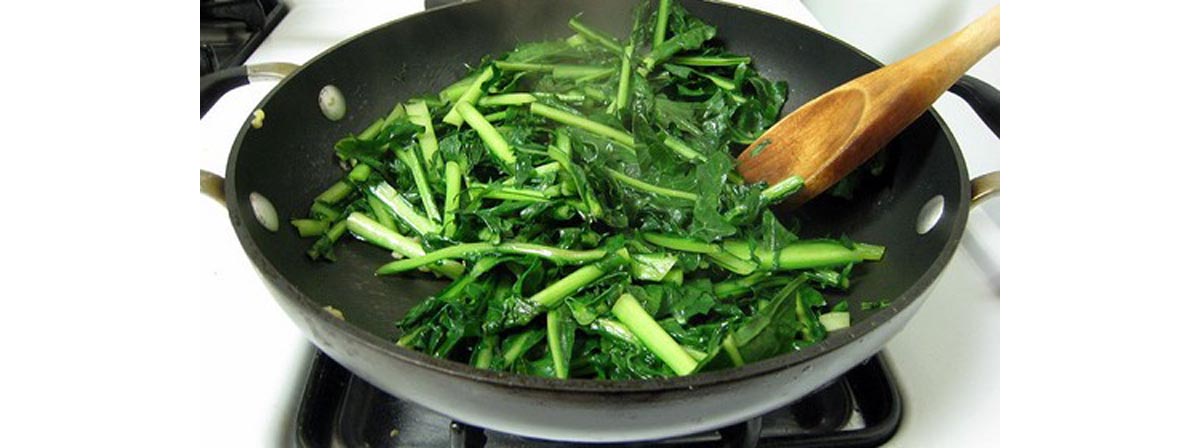Table of Contents
As most of us know, our bodies have a number of failsafe mechanisms to ensure that we eat when we need to, so that the body can keep functioning optimally. If your leptin levels are low, your vagus nerve is active. The vagus nerve is the nerve that runs up and down the front of your body from your brain to your belly. It controls heart beat. When you don't eat, your heart beats a little faster to help you get up and around to find food.

When you don't eat, your stomach growls. It feels empty. You are more sensitive to pain. You are more active, but the activity your brain prefers involves finding and eating food. Your stomach takes over when your leptin levels are low, so you need to fill it, but you need to avoid filling up your fat cells, so they don't release the leptin that signals your immune system to activate the helper-T cells that damage your kidneys.
Fill Up Your Stomach Without Refilling Your Fat Cells
If you have lupus, you need to keep your stomach full without filling up your fat cells. The way to do this is with leafy greens.
Assuming you aren't a gorilla, you just can't eat enough leafy greens to get all of your nutrients. You will have to eat some other foods just about every day. However, you can eat enough leafy greens that you avoid a surplus of calories that fill up your fat cells.
And if your fat cells aren't full, they aren't releasing leptin, they aren't activating the immune system's helper-T cells, and they aren't interfering with the activity of another kind of white blood cell known as the regulator T cell, also known as the CD8+ cell.
There's no need and no benefit in managing lupus to making your diet 100% leafy greens. You still need protein from other foods, carbohydrate, and essential fatty acids. Fish oil, in particular, is known to be a lupus-protective source of antiinflammatory omega-3 essential fatty acids. But eating 3 or 4 servings of leafy greens every day, even at breakfast, will help you get close enough to fasting to avoid the fat storage that leads to immune activation.
Diet Makes a Difference Over the Long Haul
The symptoms of lupus tend to cycle. Lupus patients can enjoy relatively long periods in which they do not suffer from many symptoms, follow by unpleasant flareups in which nearly every aspect of their lives are impacted by lupus.
This cyclical nature of the condition means that if you start eating more salad and cooked green vegetables and you start feeling great, you can never safely assume that it's just due to the diet, and if you start eating more greens and feel bad, don't assume your diet is to blame in that case, either. But in the long run, eating at least 3 or 4 servings of veggies every day and avoiding excess calories, excess fat, and excess sugar will reduce the severity of the disease.
- Brown AC. Lupus erythematosus and nutrition: a review of the literature. J Ren Nutr. 2000 Oct. 10(4):170-83.
- Liu Y, Yu Y, Matarese G, La Cava A. Cutting edge: fasting-induced hypoleptinemia expands functional regulatory T cells in systemic lupus erythematosus. J Immunol. 2012 Mar 1. 188(5):2070-3. doi: 10.4049/jimmunol.1102835. Epub 2012 Jan 30. PMID: 22291185.
- Photo courtesy of Kris Arnold by Flickr : www.flickr.com/photos/wka/28237605/
- Photo courtesy of eraine by Flickr : www.flickr.com/photos/eraine/3013742040/


Your thoughts on this